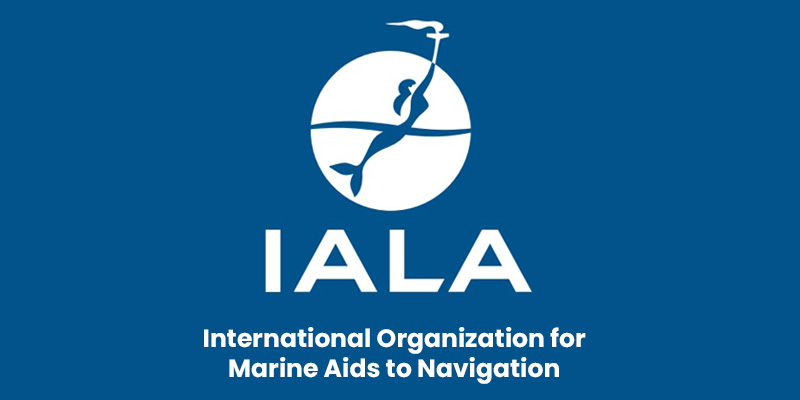Font size:
Print
The New European ‘Dunki’ Route
Context:
The rise in the use of dunki routes by Indian migrants seeking to reach the United States has been increasingly spotlighted as the U.S. government intensifies its efforts to curb illegal immigration.
More on News
- In February 2025, three US military planes brought 333 Indian deportees back to India, part of President Donald Trump’s focus on curbing illegal immigration to the United States.
- Many of these deportees did not use the traditional “dunki” route through South America. Instead, they entered Europe first before reaching Central America, avoiding the hazardous jungles of Panama.
Traditional ‘Dunki’ Route
- Historically, Indians have relied on agents and human traffickers to take them on a dangerous journey to the U.S. via South America.
- Many Indians lacking valid documents previously entered the US through Brazil, Ecuador, or Colombia, before moving north through Central America.
- Migrants would travel from India to Dubai, then obtain visas for countries like Guatemala, Panama, Costa Rica, and Cancun.
- The most dangerous part of the journey is crossing the Darien Gap, a jungle region between Colombia and Panama. This is a treacherous stretch, marked by harsh terrain, violence, and reports of sexual assault and extortion.
- After surviving the Darien Gap, migrants continue their journey through Central America, often with the hope of escaping the U.S. Border Patrol once they cross into the United States.
Agents and Their Role
- Human traffickers and agents play a crucial role in facilitating these illegal journeys, with some charging exorbitant amounts for their services.
- These agents often provide a false sense of safety and promise quicker routes to the U.S., leading desperate migrants to trust them despite the dangers and high fees.
New European ‘Dunki’ Route
- Instead of heading straight to South America, migrants now first travel to Europe.
- Common stopover countries include the UK, Germany, Italy, Spain, and Turkey.
- From Europe, they then fly to Central America (Panama, Guatemala, or Nicaragua) using transit or visitor visas.
- The final leg of the journey — between Nicaragua and El Salvador — is usually completed by foot or car, but is much safer than the traditional South American route.
Why the Shift?
- Quicker & Less Dangerous: Unlike the Panama jungle route, most of the journey via Europe is by air travel, making it safer and faster.
- Easier Visas: Obtaining a Schengen visitor visa (which allows travel across multiple European nations) is relatively easier than securing visas for South America.
- Flexible Planning: Once in Europe, migrants can spend time planning their next move before flying to Central America.
- Better Conditions: The risks of robbery, violence, or health hazards are lower on this route compared to crossing South American jungles.
How Do Migrants Enter Europe?
- Schengen Visitor Visas: Many obtain tourist visas to enter the Schengen Area, which includes Germany, Spain, Italy, and other European nations.
- Student Visas: Some migrants apply for student visas to enter the UK, later using it as a base to connect to Central America.
- Middle Eastern Routes: Some travel via Dubai, Qatar, or Turkey, which have direct flights to Mexico, further reducing risks.
Is the European Route Cheaper?
- The cost of both routes is similar, with expenses running between ₹40-60 lakh (approx. $48,000-$72,000) per person.
- The high cost includes flights, accommodation, visa processing, bribes, and agent fees.
- The final choice of the route depends on the network of the “agents” facilitating the journey.
- Since agents promise a quicker, safer passage, many migrants are willing to pay the hefty fees in hopes of reaching the US.
Challenges in Europe
- Countries like Serbia have faced scrutiny for being used as transit routes for illegal migration to the U.S. In response, Serbia altered its visa policies due to pressure from the European Union.
- Even though the European route is seen as safer, it is not without its challenges, and some migrants still face significant risks while making their way to the U.S.
The Impact of the Shift
- The growing popularity of the European route signals a shift in migration patterns, as migrants seek safer and faster alternatives to reach their goal of entering the U.S.
- However, the costs remain prohibitively high, and the risks involved — both during the journey and in the event of deportation — continue to be significant.
Global Refugee Protection Framework
- The 1951 Convention Relating to the Status of Refugees and its 1967 Protocol were pivotal in shaping the modern framework for the protection of refugees.
- Originally limited in scope, covering only European refugees and those affected by events prior to 1951, these documents evolved to address broader global refugee issues.
- The 1967 Protocol extended the temporal and geographical scope of the Convention, making it relevant for contemporary refugee crises worldwide.
- Signatories: There are 149 countries that have signed the 1951 Convention. Some notable signatories include: Australia, Canada, Germany, United Kingdom, United States.
- Non-Signatory States: These are mainly found in the Middle East (e.g., Iraq, Lebanon, Jordan, and Gulf States) and South/Southeast Asia (e.g., India, Bangladesh, Pakistan, Sri Lanka, Malaysia, Indonesia). Other non-signatory countries include Eritrea, Libya, Mongolia, and Cuba. Uzbekistan and Guyana are also non-signatories.


